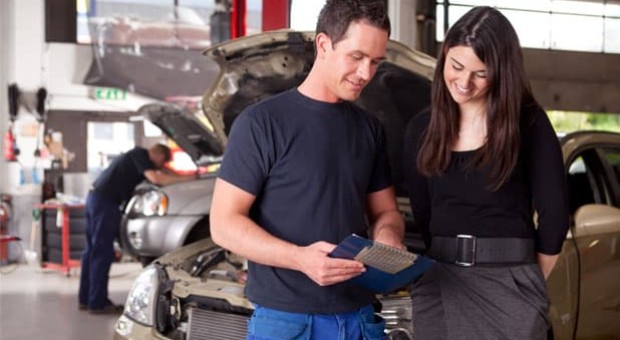
The Importance of Timely Auto Body Repairs
When maintaining your vehicle, addressing body damage promptly is crucial. Dents, scratches, and other cosmetic issues can lead to more serious problems if left unattended. Not only does timely repair preserve your car’s appearance, but it also protects its structural integrity and resale value.
Common Types of Auto Body Damage
- Dents and dings
- Paint scratches
- Rust spots
- Cracked windshields
- Bumper damage
Understanding these common issues can help you identify when professional attention is needed.
DIY vs. Professional Repair: Making the Right Choice
While minor scratches or dents might tempt you to try a DIY fix, it’s important to know when to call in the experts. Professional auto body technicians have the tools, knowledge, and experience to handle complex repairs effectively.
When to Consider DIY Repairs
- Small paint chips
- Minor scratches that don’t reach the metal
- Paintless dent removal for shallow dents
When to Seek Professional Help
- Deep dents affecting large areas
- Damage to multiple panels
- Paint damage exposing bare metal
- Structural damage from collisions
For extensive repairs or if you’re unsure about the severity of the damage, it’s best to consult auto body shops St George or in your local area for a professional assessment.
The Auto Body Repair Process Explained
Understanding the repair process can help you set realistic expectations and make informed decisions about your vehicle’s care.
- Assessment and Estimation
- Disassembly and Structural Repair
- Body Work and Panel Replacement
- Paint Preparation and Application
- Reassembly and Quality Control
Cutting-Edge Technologies in Auto Body Repair
Modern auto body shops utilize advanced technologies to improve repair accuracy and efficiency:
- Computer-aided measuring systems
- 3D printing for custom parts
- Spectrophotometers for precise color matching
- Advanced welding techniques for high-strength steels
These innovations contribute to higher quality repairs and faster turnaround times.
Protecting Your Investment: Preventive Measures
Taking proactive steps can help minimize the risk of body damage:
Regular Maintenance Tips
- Wash and wax your vehicle regularly
- Park in covered areas when possible
- Apply paint protection film to high-impact areas
- Address small issues before they escalate
Safe Driving Practices
- Maintain a safe following distance
- Be cautious in parking lots
- Avoid road debris and construction zones
Understanding Insurance and Auto Body Repairs
Navigating insurance claims for body repairs can be complex. Here’s what you need to know:
Types of Coverage
| Coverage Type | Description |
| Collision | Covers damage from accidents with other vehicles or objects |
| Comprehensive | Covers non-collision damage (e.g., theft, vandalism, natural disasters) |
| Liability | Covers damage you cause to other vehicles, but not your own |
Tips for a Smooth Claims Process
- Document the damage thoroughly with photos
- Get multiple repair estimates if required by your insurer
- Understand your policy’s deductible and coverage limits
- Choose a reputable repair shop that works with your insurance company
Environmental Considerations in Auto Body Repair
The auto body industry is evolving to become more environmentally friendly:
- Water-based paints with lower VOC emissions
- Improved recycling practices for metal and plastic parts
- Energy-efficient equipment and lighting in repair facilities
- Use of eco-friendly cleaning products
Choosing a shop that prioritizes these practices can reduce the environmental impact of your repairs.
The Future of Auto Body Repair
As vehicle technology advances, so does the field of auto body repair:
- Adapting to electric and hybrid vehicle structures
- Incorporating augmented reality for damage assessment
- Using artificial intelligence for estimating and parts ordering
- Developing new techniques for repairing composite materials
Staying informed about these trends can help you make better decisions about your vehicle’s care in the future.
Wrapping Up: Your Next Steps
Maintaining your vehicle’s appearance and structural integrity is an ongoing process. By understanding the basics of auto body repair, knowing when to seek professional help, and taking preventive measures, you can keep your car looking and performing its best for years. Remember to choose reputable repair shops, stay informed about insurance coverage, and prioritize regular maintenance to protect your investment.
















